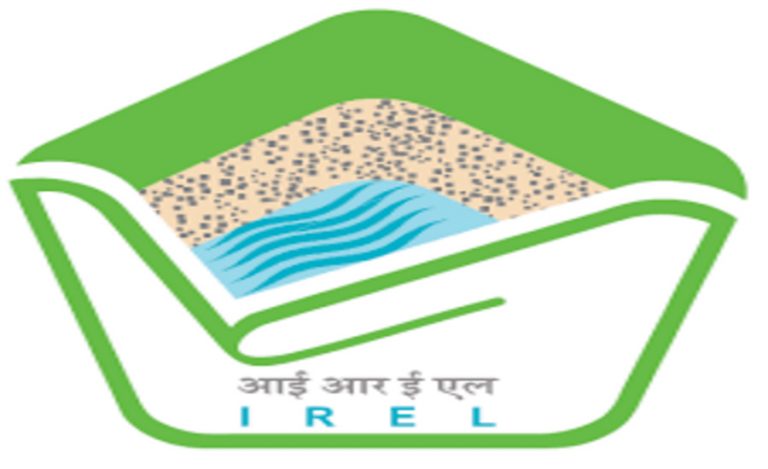Coimbatore: The Tamil Nadu Forest Department has rolled out the Hostile Activity Watch Kernel (HAWK), a digital and centralised system designed to monitor, track, and manage forest and wildlife crimes. Similar to the Crime and Criminal Tracking Network and Systems (CCTNS) used by the police, HAWK integrates real-time intelligence and monitoring capabilities to boost wildlife protection and conservation efforts.
Tamil Nadu becomes the third State, after Kerala and Karnataka, to adopt the software developed by the Wildlife Trust of India (WTI) and IT services provider NTT DATA. Odisha is currently in the process of implementing it. The customised Tamil Nadu version was launched by Union Minister of State for Environment, Forest and Climate Change Kirti Vardhan Singh during the World Elephant Day celebrations in Coimbatore on Tuesday.
Advanced Monitoring for Wildlife Protection
According to WTI, HAWK is an advanced platform that integrates real-time data analysis, field reporting, and rapid response mechanisms to fight wildlife crime, improve forest surveillance, and protect endangered species. It also enhances conservation efficiency and helps mitigate threats to wildlife habitats.
WTI has trained Forest Department staff across the State to operate the system. HAWK functions through four integrated modules — Peregrine for forest and wildlife crime management, Shikra for wildlife mortality reporting, Harrier for offender monitoring via mobile, and Kestrel for legacy data integration.
Modules in Operation
Currently, the Peregrine and Shikra modules have been implemented. The Peregrine module streamlines wildlife offence reporting, from the initial filing of a case to court judgment, and generates detailed reports. The Shikra module records wildlife mortality cases, such as elephant deaths, and can produce State-wide or regional trend analyses.
Integration of the Harrier and Kestrel modules is under way. Harrier enables tracking of individuals involved in wildlife crimes, particularly repeat offenders. Kestrel compiles and manages data from older cases.
Data-Driven Crime Prevention
HAWK incorporates advanced analytical features. Named Entity Recognition extracts offender names, aliases, and locations from text reports. Network analysis maps relationships between offenders to identify criminal networks. Predictive modelling forecasts poaching hotspots using historical data, enabling forest staff to determine if vehicles intercepted at checkpoints were previously linked to offences.
Sethu Gopinathan of WTI noted that HAWK systems across States can be integrated if needed and linked with other platforms like CCTNS through API integration.



























